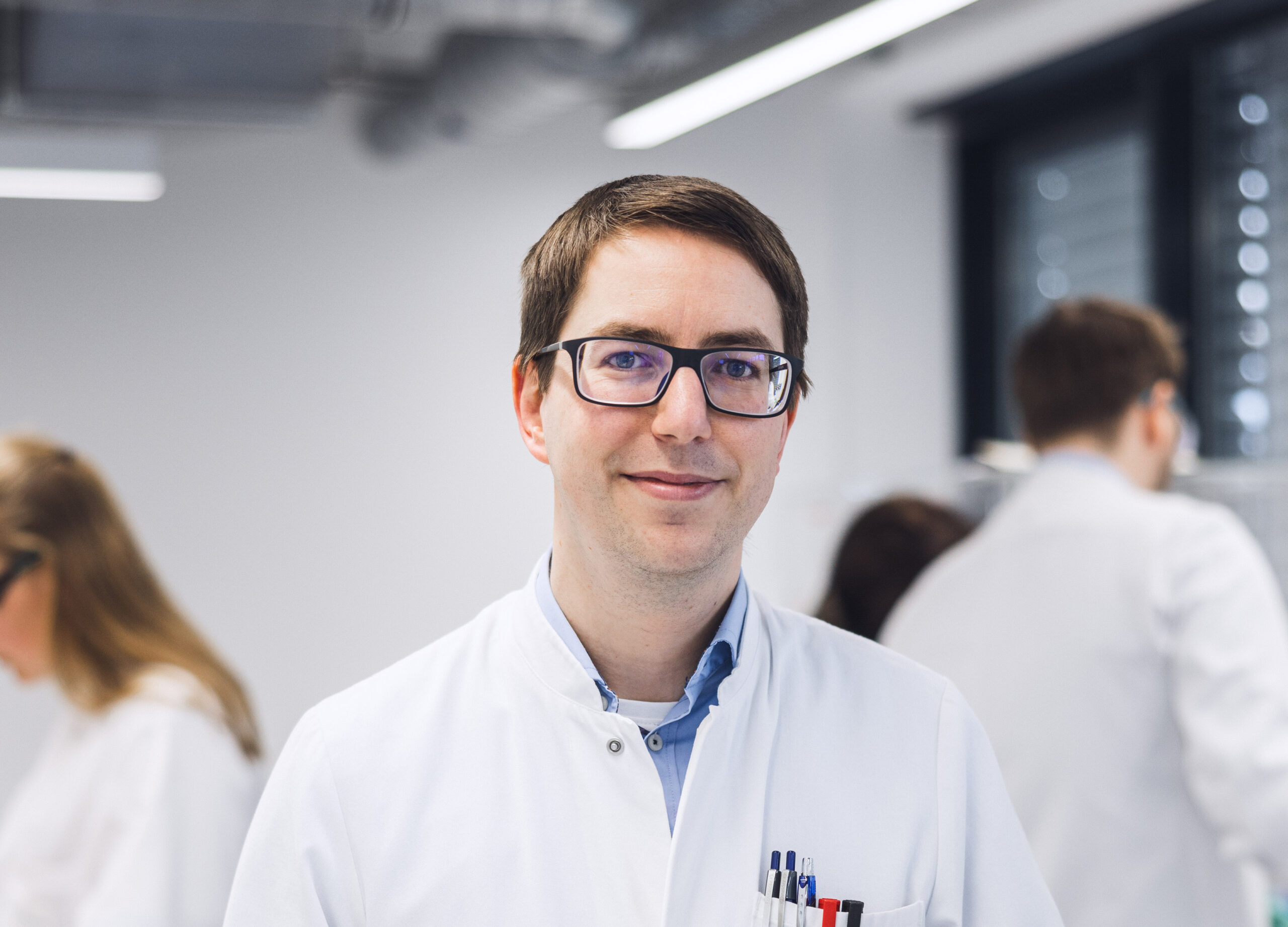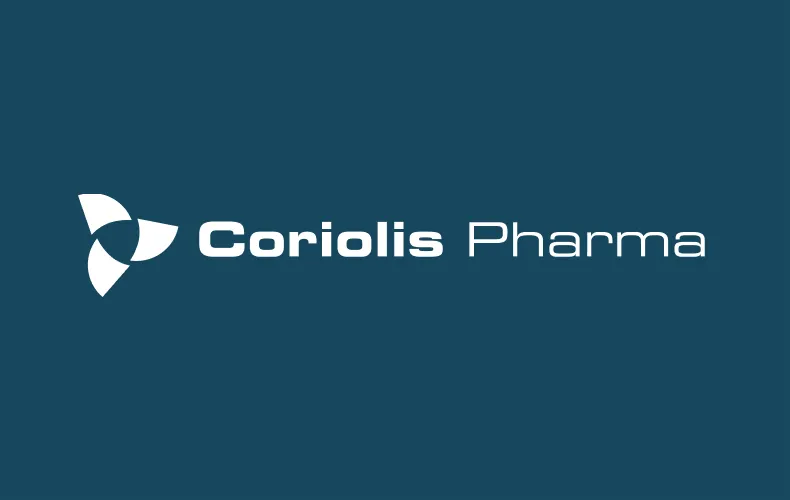Aggregate Analytics
Qualitative and quantitative data on aggregation are key assets for assuring the quality of biologics, as most protein therapeutics and many other biopharmaceutical compounds are inherently unstable. Coriolis Pharma offers a broad portfolio of analytical techniques for the characterization and quantification of aggregates in biopharmaceutical samples. We apply orthogonal methods, such as size-exclusion chromatography (SEC) and analytical ultracentrifugation (AUC), whenever possible to circumvent potential blind spots of individual techniques.
Aggregate Analytics Tailored to Your Needs
The generic term “aggregates” refers to species characterized by a wide size range, diverse morphologies and structures. Protein aggregates may start in the low nanometer size range but can grow into the micrometer and even visible size ranges. On the other hand, a monomeric virus may be as large as 100 nm. Due to this structural diversity, a tailored orthogonal approach is key for detecting and/or quantifying all the potential aggregates in a biopharmaceutical therapeutic.
Aggregates of various kinds can be formed, such as reversible and nonreversible, soluble and insoluble, and so forth. Aggregation can directly influence the efficacy of the therapy by reducing the number of functional molecules. It can also indirectly affect the efficacy and safety of a therapeutic by inducing side effects, such as unwanted immunogenicity.
Coriolis offers many orthogonal analytical techniques to cover the entire size range of interest for different molecules and products.
Aggregate or Particle?
The terms aggregate and particle are not used consistently in the scientific community and may differ depending on the biopharmaceutical in question. For example, a monomeric virus may be considered a virus particle, while a virus dimer may be considered an aggregate. Also, a protein aggregate may become large enough to be considered a particle. For species in the micrometer and visible size range, please also refer to our particle characterization services.
Aggregate Analytics Testing Methods
We can select the most suitable approach for your analytical challenge, whether following a standardized in-house workflow or a custom-tailored solution.
Analytical Method Development, Qualification and Validation
For common sample types, we can often apply standardized methods with little setup effort. However, when needed, our experienced analytical experts create or optimize custom methods tailored to your active pharmaceutical ingredient, product type and development phase.
Aggregate Analytics for Your Drug Product
Coriolis Pharma’s deep expertise across many biologic modalities, combined with input from world-leading external advisors, offers the knowledge and experience needed to solve even the most complex formulation and drug development challenges.
Your Phase
Our expert team has the expertise and experience to guide your biopharmaceutical development program from preclinical and early-phase development to the market.
Aggregate Analytics Resources
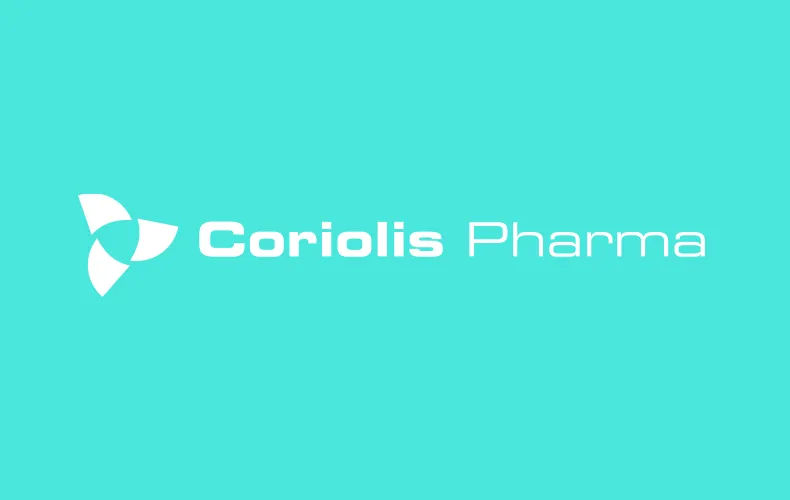
Articles
November 21, 2025
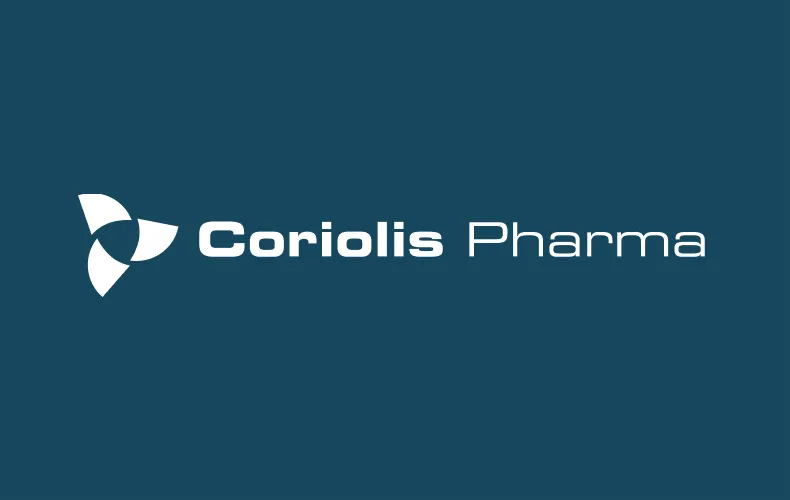
Publications
August 1, 2023
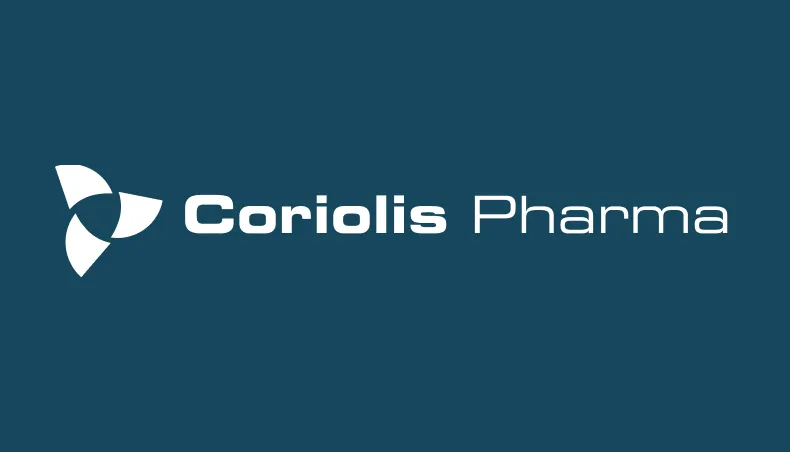
Publications
Reversed Phase Liquid Chromatography for Recombinant AAV Genome Integrity Assessment
May 23, 2023
Talk to Our Experts or Request a Quote
Our expert team is ready to answer your questions and guide you to the services best suited to your program’s modality, stage and challenge. If your needs are well-defined, we’ll begin the quotation process.
